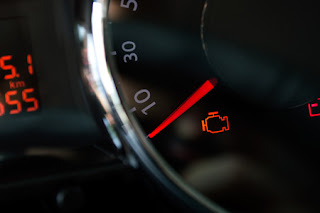You constantly hear about texting and driving, and how many accidents that causes, but did you know that the biggest cause of accident is purely driving while distracted? Distracted driving of any kind can lead to a devastating accident, all because you wanted a piece of gum or were reaching to change the song on your stereo.
Even if you are at full attention while driving, on average during the day there are 660,000 drivers using their cellphones while out on their commutes. Imagine how many other drivers are out driving without their full attention at hand. That puts you and your family at risk. Taking your eyes off the road for even a moment can be the split second an irresponsible driver veers into you.
Before each drive you should be verifying that your mirrors and stereo are preprogrammed to the way you need. The less you have to fix while on the road, the fewer distractions you have to deal with. Your turn signal is a great way to warn other drivers of your intentions, and while it's unnecessary if used miles before your turn, you still want to give ample time for a quick response if needed. Using your turn signal early can help keep other drivers informed and prevent accidents.
Avoid driving your vehicle late at night, or during hours you're not fully awake. Thousands of car accidents a year are attributed to driving drowsy. Add that to driving at night and you're looking at your chance of being in an accident tripling, simply because your visibility is impaired. If you're on a long road trip pull over for a nap, or find a hotel close by. Make sure to pull completely off the road and give yourself ample space for passing vehicles. Your state of mind is extremely important while operating a vehicle, for your safety and for others.
Teach your children and loved ones a valuable life lesson – make sure they know how detrimental picking up their phone or any form of distraction during a car ride can be, and make sure they're spreading the word. Being vocal with your peers and adults about their driving habits can be the difference between life and death. In the end, accidents do happen, and are often times unavoidable. We are here for you when life gets in the way. Bring your car down to Oakdale Collision for an estimate in your time of need.












